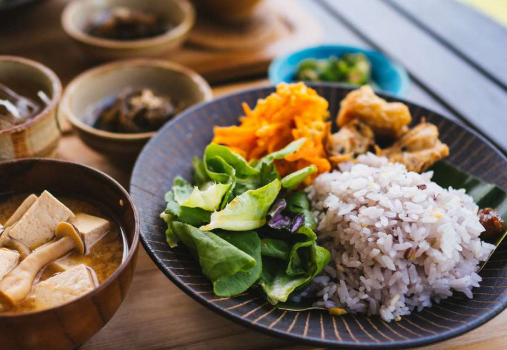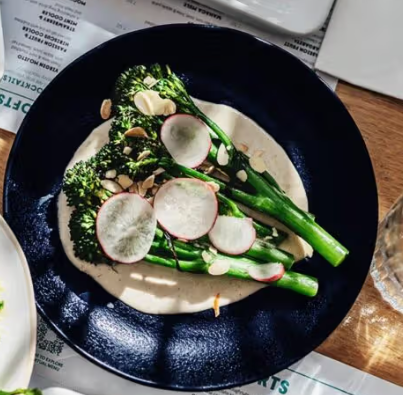
The Blue Zone diet refers to the eating habits of people living in certain regions around the world where individuals tend to live longer, healthier lives. These regions, known as “Blue Zones,” have populations with an unusually high number of centenarians—people who live to 100 and beyond. While the diets in each Blue Zone vary based on cultural and regional differences, they share many common principles that could help boost longevity and reduce chronic health issues.
In this blog, we’ll dive into what the Blue Zone diet entails and how adopting some of its key principles might benefit your health.
Where Are the Blue Zones?
There are five areas in the world where people commonly live to 100 or more:
- Okinawa, Japan
- Sardinia, Italy
- Nicoya Peninsula, Costa Rica
- Ikaria, Greece
- Loma Linda, California
While the diets in these regions differ to some extent based on local traditions, many common elements contribute to the health and longevity of these populations.
Key Principles of the Blue Zone Diet
Blue Zone diets are based on a few key principles that prioritize plant-based foods and whole, unprocessed ingredients:
- Plant-Based Foods: The diet is predominantly plant-based, with a strong emphasis on fruits, vegetables, legumes (like beans and lentils), and whole grains. These foods are rich in fiber, vitamins, and antioxidants, all essential for long-term health.
- Limited Meat: Meat consumption is minimal, typically reserved for special occasions. When meat is consumed, it’s often in smaller portions and not as the main focus of a meal.
- Nuts & Seeds: People in Blue Zones eat nuts and seeds daily, which provide healthy fats, protein, and essential nutrients.
- Healthy Fats: Olive oil is a staple, serving as the main source of fat. It’s used generously in cooking and on salads, contributing to heart health and overall well-being.
- Minimal Processed Foods: The consumption of highly processed foods, sugary snacks, and drinks is kept to a bare minimum. Instead, meals are based on whole, nutrient-dense ingredients.
- Social Mealtimes: Mealtimes in Blue Zones are often seen as a social occasion, shared with family and friends. This fosters a sense of community and belonging, as opposed to eating in isolation or while distracted by screens.
- Moderate Alcohol Consumption: If alcohol is consumed, it’s typically in moderation. In many Blue Zones, a small glass of red wine with meals is common, offering potential health benefits when enjoyed in moderation.
- Daily Movement: Exercise is built into everyday life. While structured workouts aren’t common, people in Blue Zones stay active through walking, gardening, cooking, and other daily chores. Many also engage in physical labor such as farming or working on steep slopes, contributing to natural, consistent physical activity.
- Quality Sleep & Rest: Sleep is prioritized, with many individuals taking short naps during the day. Ensuring proper rest is vital to overall health, as it can lower stress and improve mood.
How to Incorporate Blue Zone Diet Principles Into Your Life
If you’re interested in adopting some aspects of the Blue Zone diet, here are a few tips:
- Focus on Plant-Based Foods: Make fruits, vegetables, legumes, and whole grains the foundation of your diet. Aim for these to comprise at least 90% of your daily food intake.
- Limit Meat: Save meat for special occasions. When you do consume it, choose smaller portions and focus on lean proteins.
- Include Fish: Aim for 3-5 servings of fish per week, with an emphasis on oily fish, which are rich in omega-3 fatty acids.
- Snack on Nuts: Have a small handful of unsalted, unflavored nuts each day to boost your intake of healthy fats and protein.
- Opt for Whole Grains: Incorporate whole grains like quinoa, brown rice, oats, and wholemeal bread into your meals for added fiber and nutrients.
- Drink Water & Tea: Stick to unsweetened beverages like water, herbal teas, and black coffee. If you enjoy wine, keep it moderate—ideally a small glass of red wine with meals.
- Stay Active: Incorporate movement into your day. Whether it’s a daily walk, gardening, or just moving more throughout the day, staying active is key to Blue Zone living.
- Prioritize Sleep: Make sure you’re getting enough quality rest each night. In Blue Zones, naps are also common and can contribute to better sleep and lower stress.
Final Thoughts
People in Blue Zones live longer, healthier lives due to a combination of factors, including a plant-based diet, regular physical activity, social engagement, low levels of stress, and good sleep. By incorporating some of these principles into your own lifestyle, you can boost your overall health and potentially add years to your life. Whether it’s making healthier food choices, staying active, or nurturing strong social connections, the Blue Zone diet offers valuable insights for living a longer, happier life.










